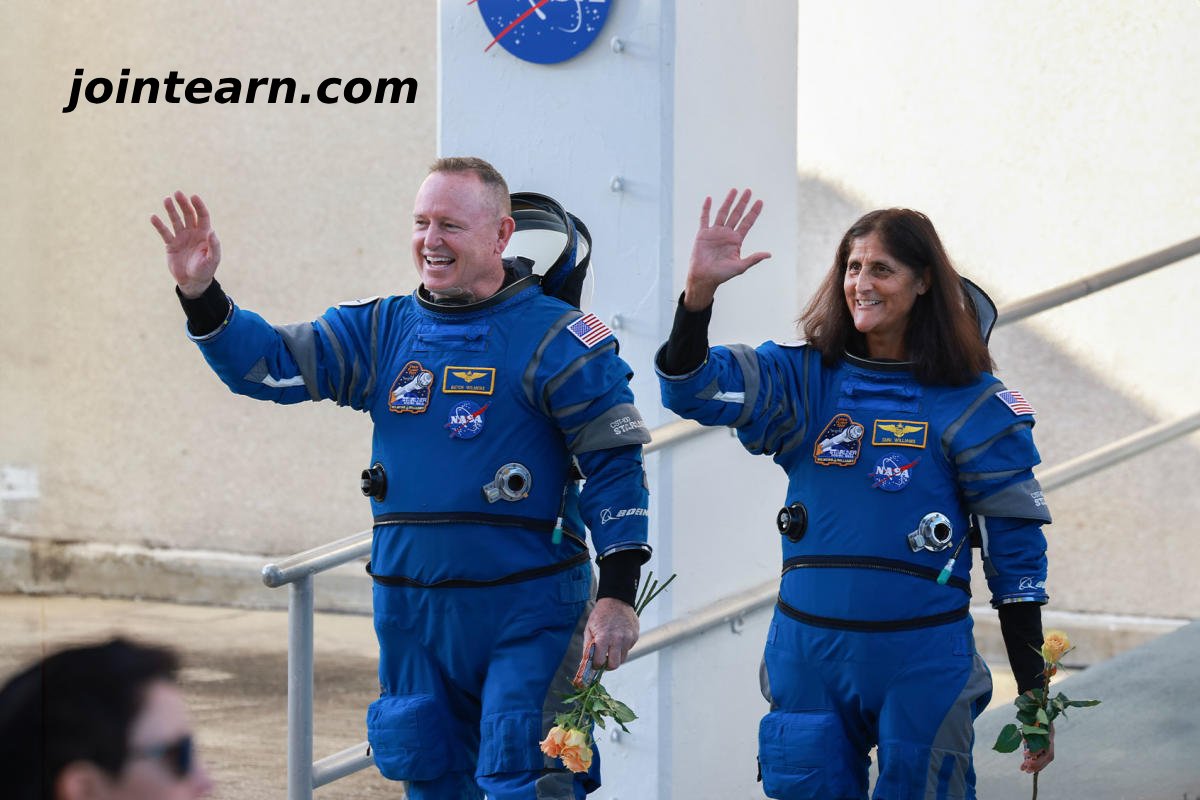After an unexpected nine-month stay in space, NASA astronauts Suni Williams and Butch Wilmore have finally returned to Earth. Originally scheduled for just a 10-day mission aboard Boeing’s Starliner, their journey was extended due to helium leaks and propulsion system issues on the spacecraft. As a result, NASA opted to send the spacecraft back empty, leaving Williams and Wilmore on the International Space Station (ISS) until another mission could retrieve them.
The Toll of Space on the Human Body
Extended space missions pose significant health risks, as prolonged exposure to microgravity and space radiation can lead to profound physiological changes. The lack of gravity affects the body in multiple ways, from weakening muscles and bones to impacting cognitive function and vision.
Dr. Afshin Beheshti, director of the Center for Space Biomedicine at the University of Pittsburgh, explains that space accelerates aging-like effects on the body, increasing cardiovascular risks, cognitive decline, and bone density loss. “Everything is kind of sped up in space because of that environment,” he says.
Bone and Muscle Loss in Microgravity
In Earth’s gravity, bones remain strong due to constant resistance, stimulating bone-building cells called osteoblasts. In space, however, astronauts can lose up to 1% of their bone density per month. Even with rigorous exercise regimens, significant bone and muscle atrophy occurs, making post-mission recovery essential.
NASA’s Lead Flight Surgeon, Dr. Stevan Gilmore, outlines the 45-day rehabilitation process that Williams and Wilmore will undergo. “They work closely with trainers, dedicating two hours each day to return to their pre-flight baseline state of health and fitness,” he explains.
Cognitive and Vision Changes in Space
Astronauts often experience vision problems due to Spaceflight Associated Neuro-ocular Syndrome (SANS), a condition where fluids shift toward the head due to microgravity, increasing pressure on the brain and eyes. NASA’s Twin Study, which compared astronaut Scott Kelly to his Earth-bound twin, found that Kelly required glasses post-mission, while also exhibiting increased heart disease markers.
Cognitive processing speeds can also be affected, with some astronauts performing better under pressure while others show signs of slowed reaction times. Dr. Chris Mason, a professor at Weill Cornell Medicine, states, “Sometimes people actually perform better in space, and they’re even more focused, but sometimes they get a little slower. It really depends on the crew member.”
Radiation Risks and Genetic Changes
Space exposes astronauts to significantly higher levels of radiation than Earth, increasing the risk of heart disease, cancer, and DNA damage. Research has shown that prolonged exposure affects mitochondrial function, weakening the immune system and altering genetic markers.
A 2024 study in Communications Biology found that astronauts’ telomeres—the protective caps on chromosomes—became longer in space but returned to normal within days of returning to Earth. While longer telomeres are often linked to youth, they can also indicate increased cancer risk.
Future Space Travel Challenges
With commercial spaceflight and Mars missions on the horizon, researchers are exploring ways to mitigate these health risks. Scientists are testing small molecules to improve radiation resistance and investigating the potential of artificial hibernation—similar to how animals survive harsh conditions—to reduce radiation toxicity.
Despite the challenges, astronauts like Williams and Wilmore remain committed to space exploration. Reflecting on their time in orbit, Williams shared, “I think both of us will be a little bit sad when that feeling of space leaves us after about 24 hours. That means that physically, the spaceflight came to an end.”
As humanity ventures further into space, understanding and addressing these health challenges will be critical to ensuring the well-being of future astronauts.










